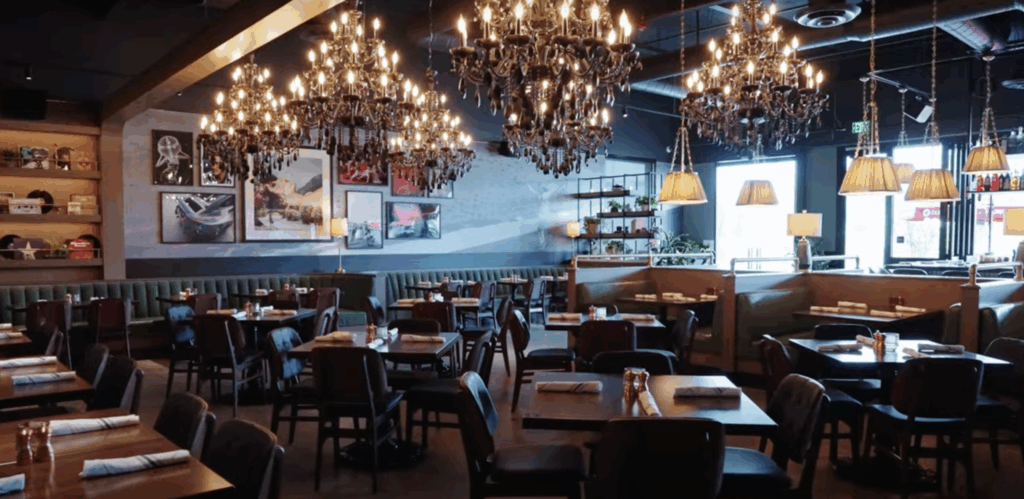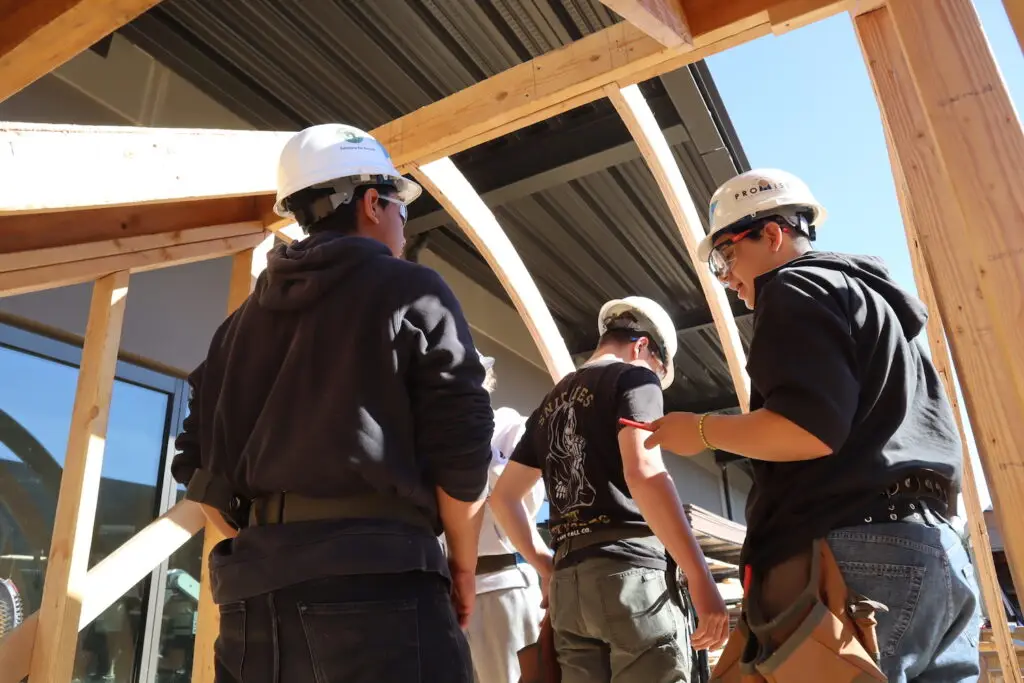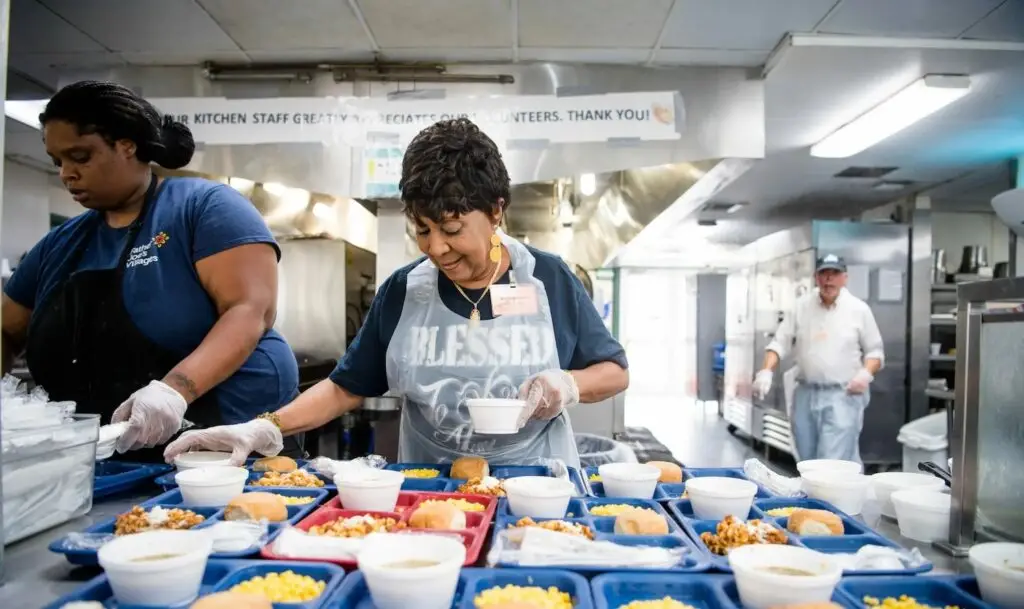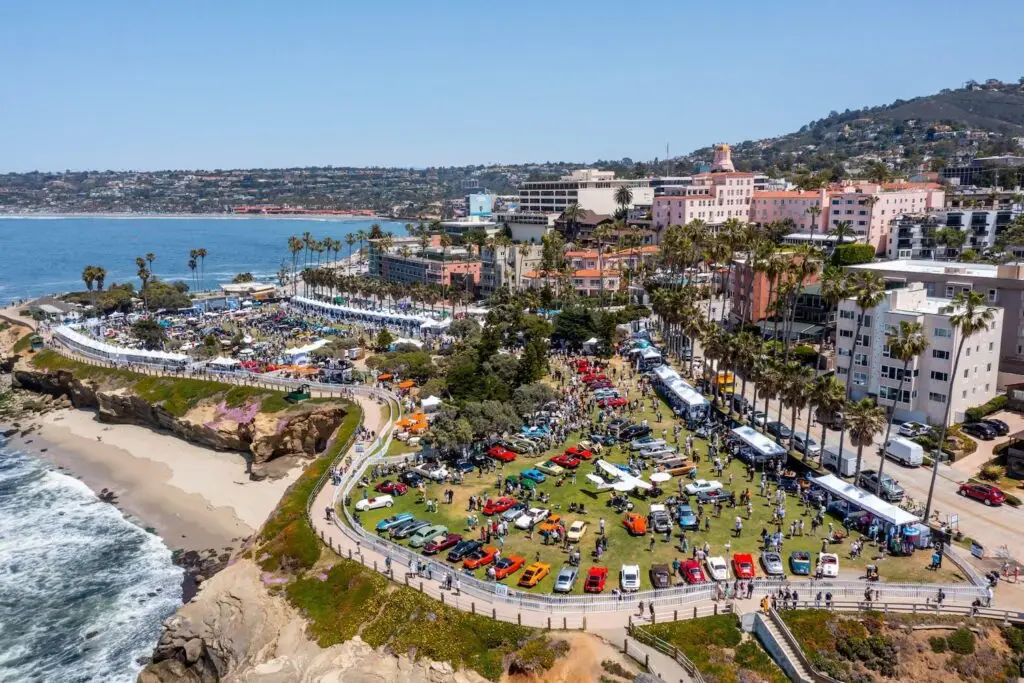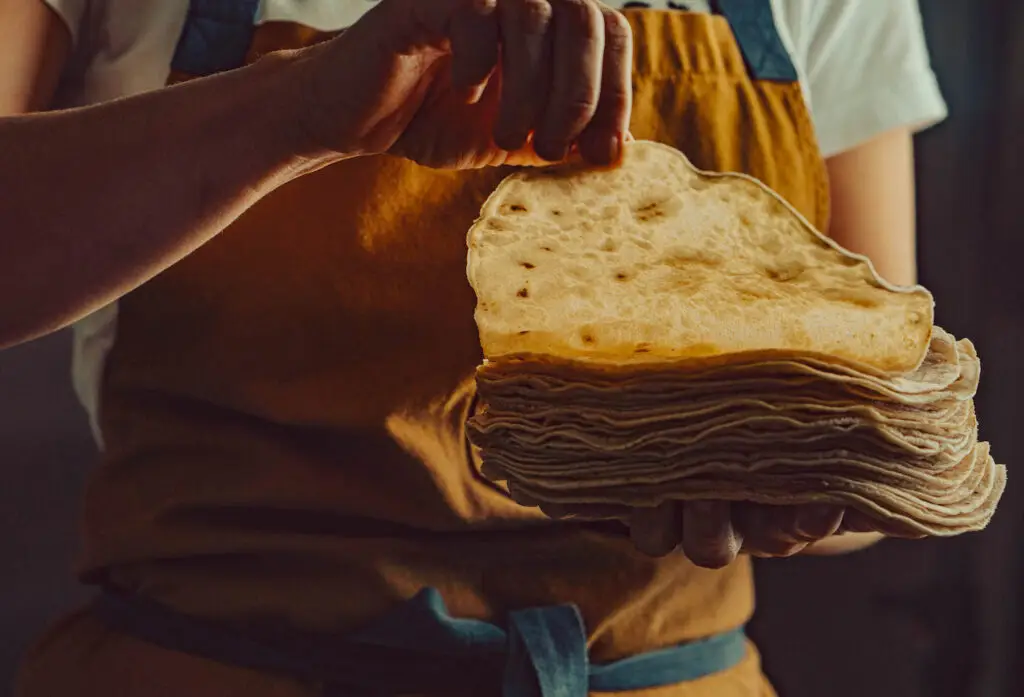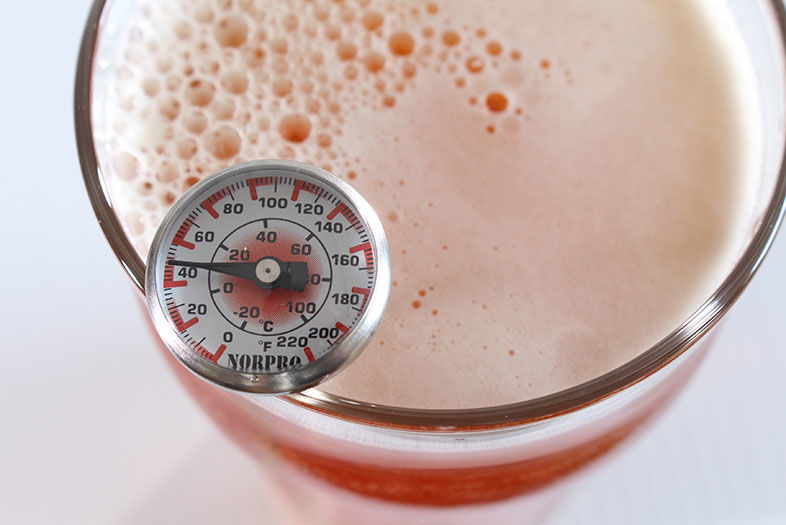Americans are fond of making fun of the Brits for drinking warm beer. This makes perfect sense. Here in the land of the Big Gulp and the beer cans with mountain graphics that turn blue when they’re near freezing, the typical American palate is trained to favor everything that’s “ice cold” and “refreshing.” For the vast majority of beer produced and consumed in America, an aggressive chilling practice is perfectly suited to the beverage. No one wants a warm glass (or bottle) of Corona or Pacifico by the pool. Same is true for any of the other super-light, pop-like brews that dominate the U.S. beer landscape. But craft beers? That’s a different story.
Right now, during the summer months, you may find it hard to contemplate reining in the refrigeration on some of your beers—especially if you live in southern California, where respite from the sun is a year-round necessity. I’m not advocating warm beer on the beach or by the pool. I just want to point out that certain beers—particularly darker beers and beers with complex aromas—are often at their best when not over-chilled. So, if you want to maximize your appreciation of the really good stuff, maybe pour those bottles inside (in the AC!) or wait until after the sun goes down so you won’t be craving an ice cold quaff.
Here’s the basic reasoning behind all this: In a nutshell, chilling dulls aromatics and complexities of flavor in return for providing a “crisper” and more “refreshing” mouthfeel. As with wine, you can often compensate for “fatness” or “flabbiness” by chilling, which heightens the acidic qualities of a beverage. This will also happen with beer. As the temperature of a beer increases, the “fatter” and more full it’s going to feel in your mouth and the more aromatic complexity you’ll be able to smell when you lift your glass to your face.
There is a real scientific explanation for what’s going on here. For those of you who are biochemically curious, I’ll try to provide the science behind this strategy. [Whenever I need a scientific explanation of anything about beer, I go to my good friend Jim Crute, who is the founder of Lightning Brewery. Jim is not only a brewer, he’s also a biochemistry Ph.D, so he’s always got the answers to my geeky beer and wine questions.] Here’s what Jim says: “This is all about the concept of volatile or aromatic compound vapor pressure….”
Huh?
Here’s the Biochemistry for Dummies version: (1) the colder something is, the lower the rate of aromatic compounds being released, and the lower or lesser the aroma. (2) The higher the molecular weight of the volatile compounds [like many of the aroma molecules in beer], the more thermal energy [heat] is needed per compound molecule to have it volatilized [released into the air].
Regardless of the science, Jim also has some more basic observations about beer and temperature: “American big beer is drunk at ice-cold temperatures because, if it warms up, all of the off-aromas and flavors become much more noticeable,” he says. Craft beer, however—he agrees—is best consumed while warming up.
Jim also notes that, with carbonated beverages, “a slightly warmer serving temperature results in more effervescence, which is caused by the dissolution of the CO2 from the beverage. The dissolution of the CO2 drags along with it the aromatic compounds.”
“Here’s my basic rule of thumb: the darker or more malt-forward a beer is, the less you want to chill it.”
Now, craft beers come in a huge variety of styles, weights, and flavors—and many of them are very well suited to being chilled way down before drinking; Pilsners, blondes, and Kolsch-styles come immediately to mind. As the complexity of a beer increases, however, the need for chill decreases. This is not to say that any beers should literally be warm, but think of the more complex beers being best between 58º and 65º F. (some are even best just below room temperature, depending on the style).
Here’s my basic rule of thumb: The darker or more malt-forward a beer is, the less you want to chill it. As you move from a wheat beer, saison, or farmhouse ale (which is usually tastiest at about 48º- 52º) up to a medium red ale, ESB, or brown ale (great at about 55º) and then up to the barleywines, quads, stouts, and porters (awesome at 60º) you’ll enjoy more and more of the aroma and flavor complexity if the beer is not too cold.
When it comes to hop-forward brews—especially big hoppy IPAs, you’ll want to keep them on the cold side, but not so cold that you dull the aromatics of the hops. If the beer is well made with fresh, quality hops, chilling way down means you’re going to miss a lot of the wonderful tropical, citrus, pine, grass, and hay notes that typically come from those hops.
Sour beers and Brett beers, of course, can be all over the place. Depending on the style and weight of the beer, your chilling strategy will be different. Slightly sour beers, like Berlinerweiss and Gose, are tart, crisp, and thirst-quenching; they’re good cold. In order to fully appreciate some of the funkiness and complexity in a Brett IPA, I’d recommend drinking it a bit warmer than a basic IPA. For darker sours and dark Brett beers—especially barrel aged beers—you’ll definitely want those on the warmer end of the spectrum.
All these recommendations are simply that; they’re just suggestions—ways to broaden your craft beer experiences and excite your palate. Hey, you might like mustard on your fish tacos. Or raisins in your guacamole. Who’s to say what’s right and wrong? It’s all about what you like. But, if you’ve never tried your craft beers at different temperatures to see if some change to your liking, you definitely should. Once you do, you’ll most likely “warm up” to the idea of drinking some of your top-quality brews with a little less refrigeration. And that, in turn, will definitely make you very chill.
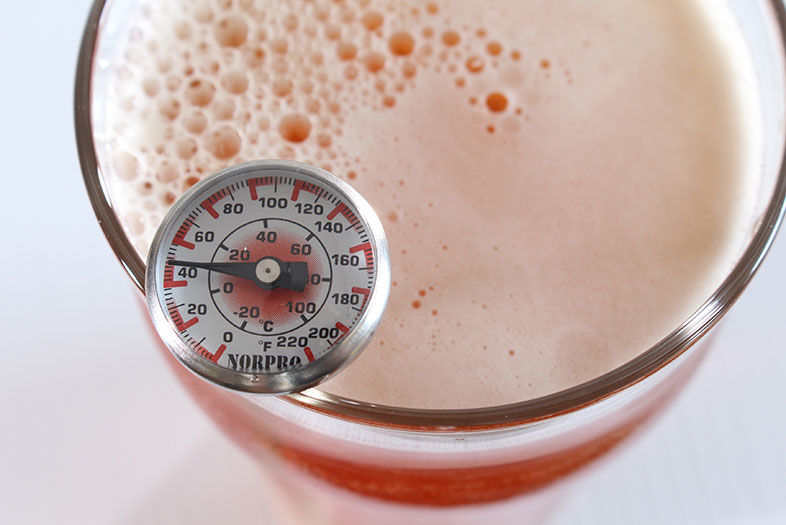
The Chilling Facts About Craft Beer
Photo: Bruce Glassman
